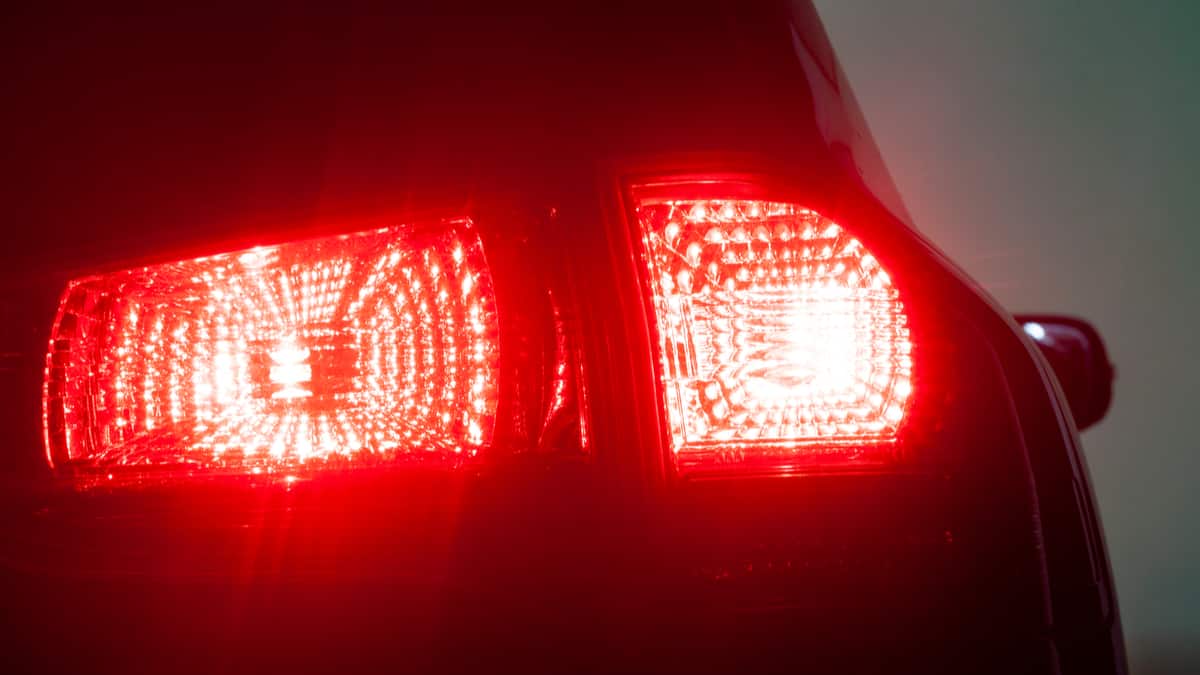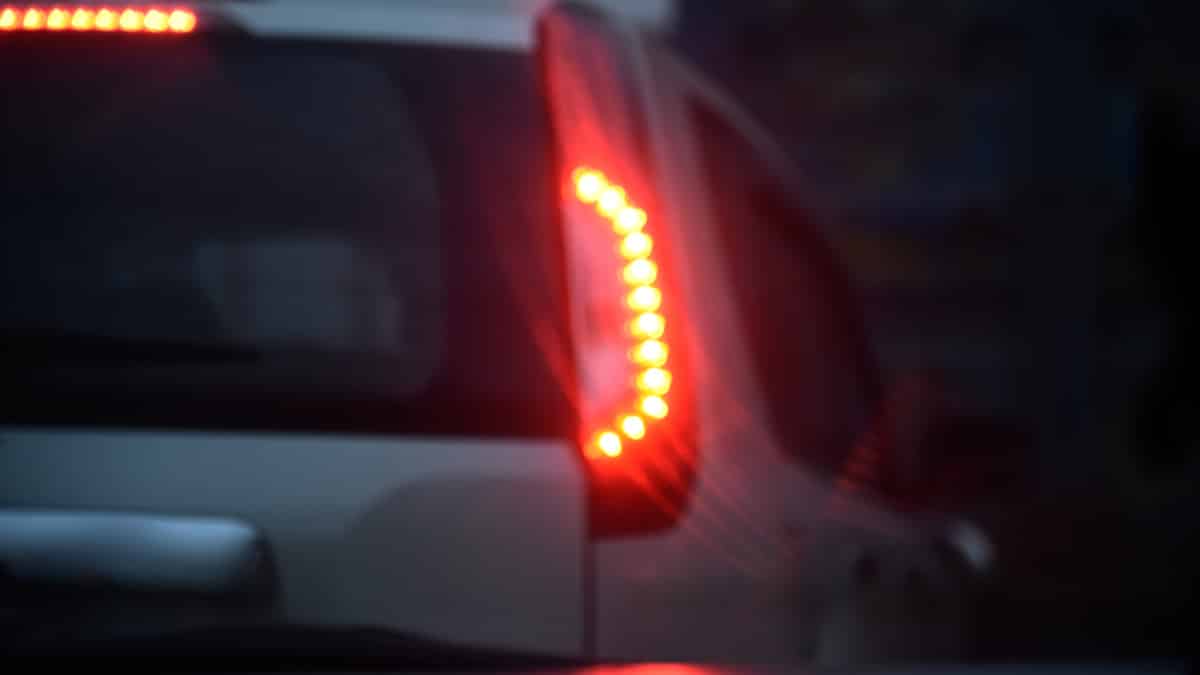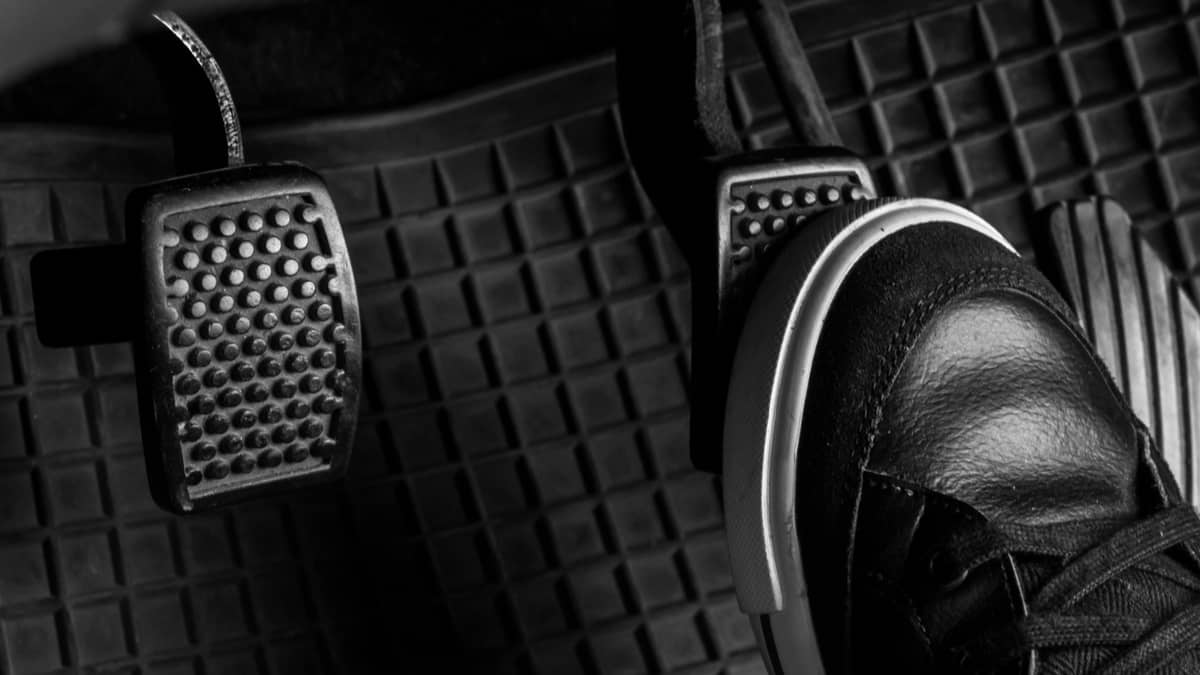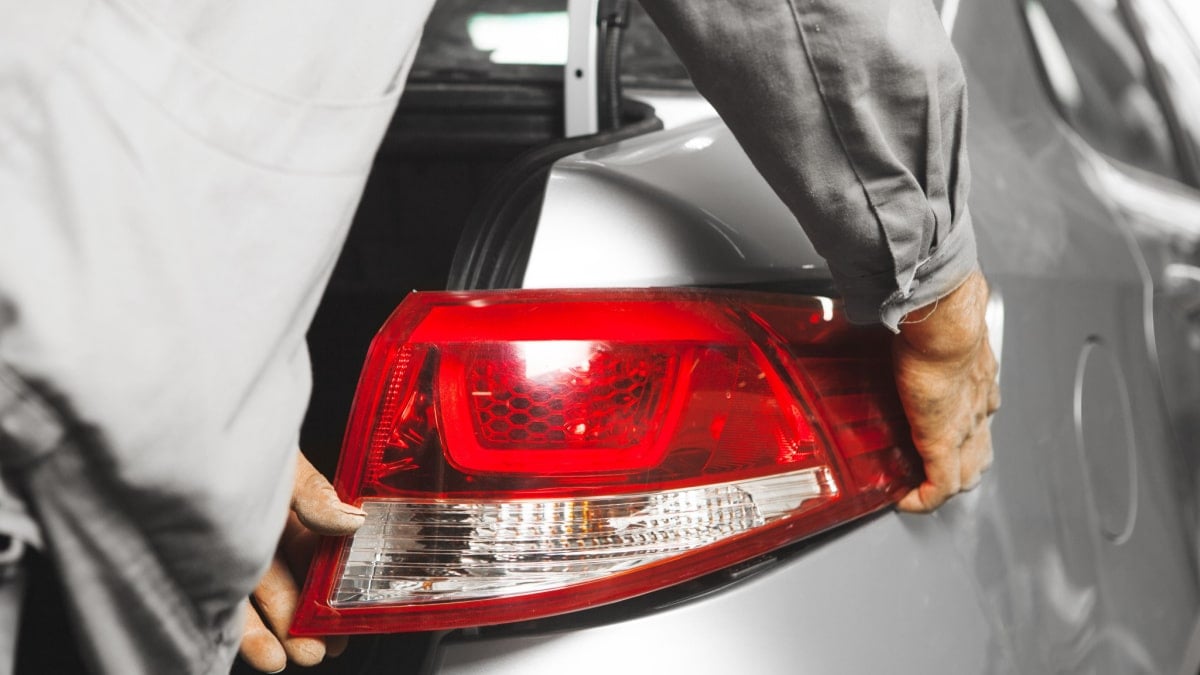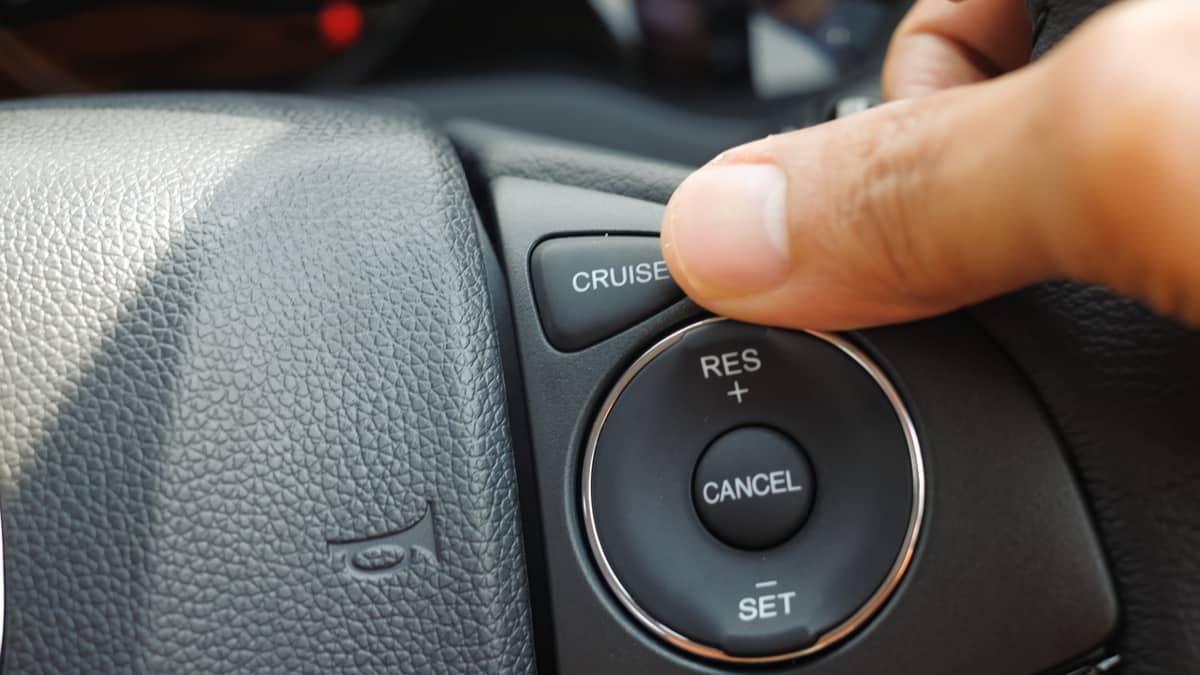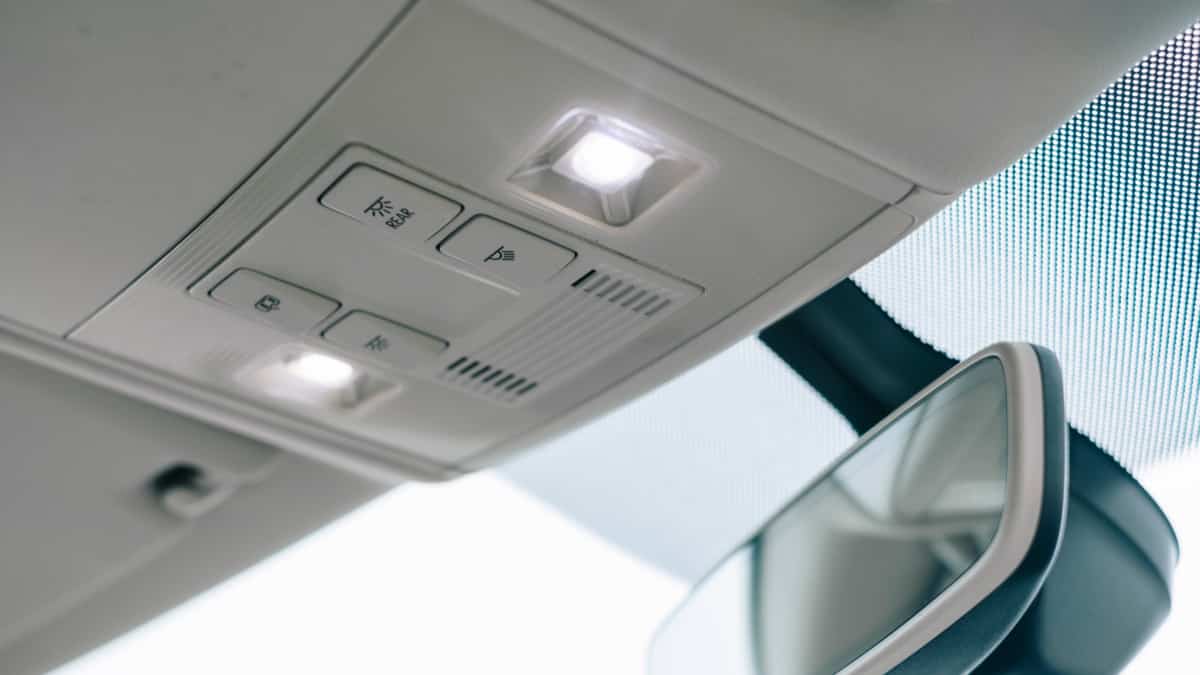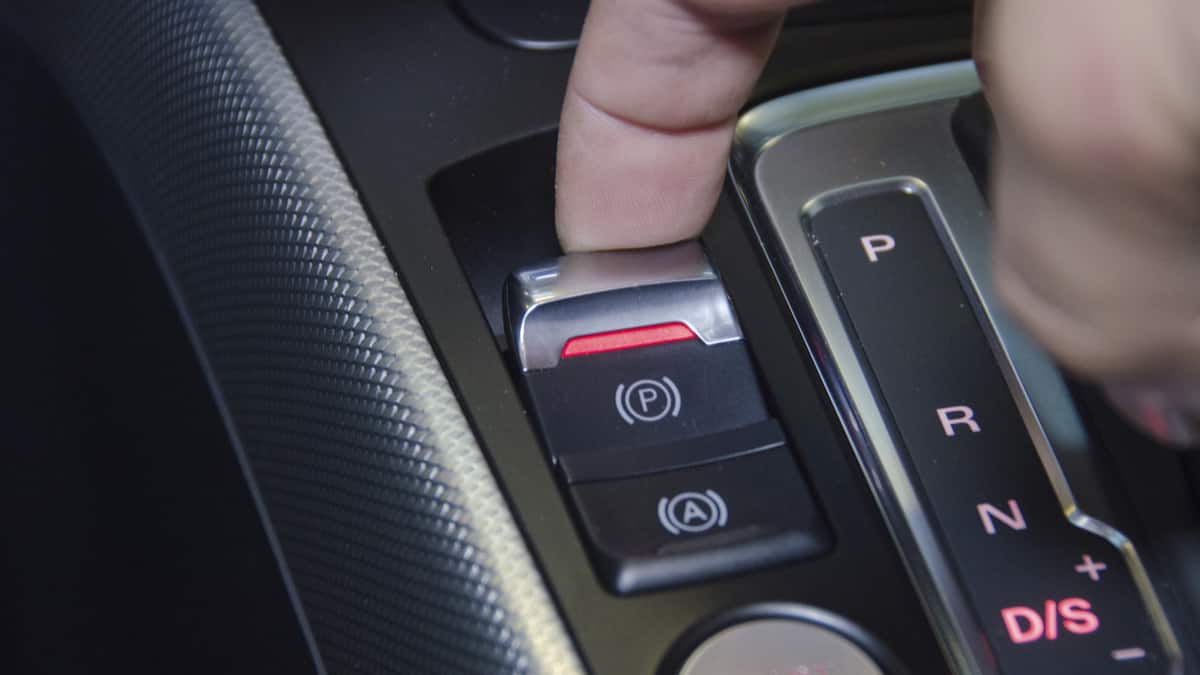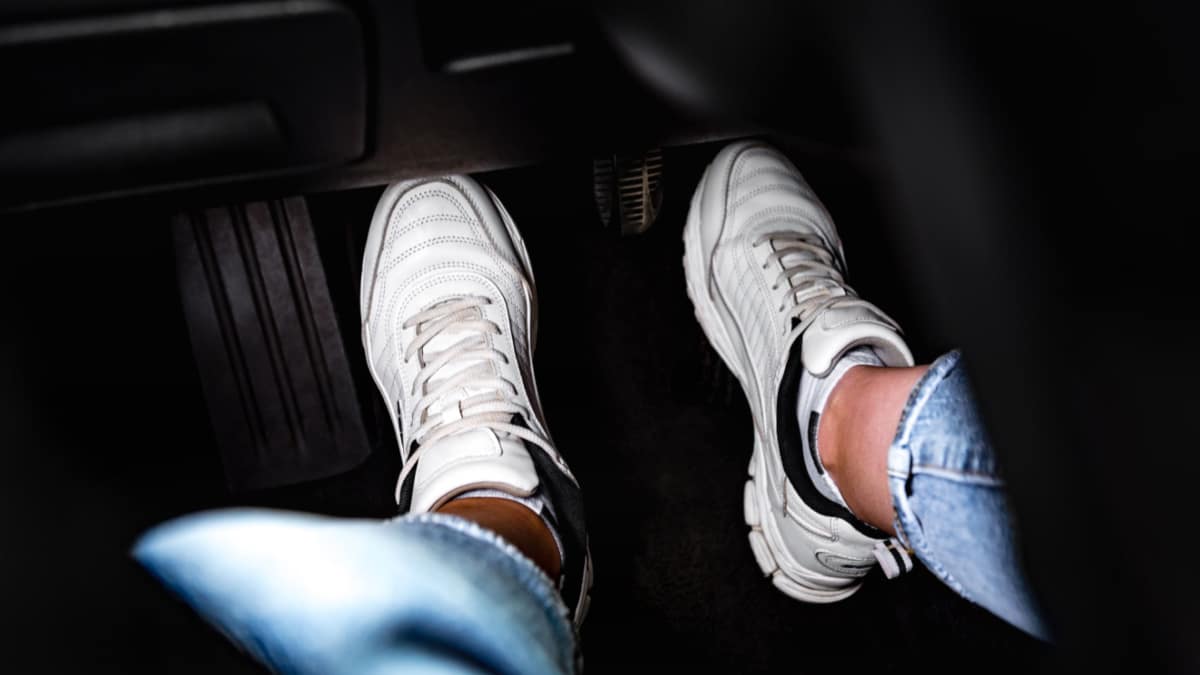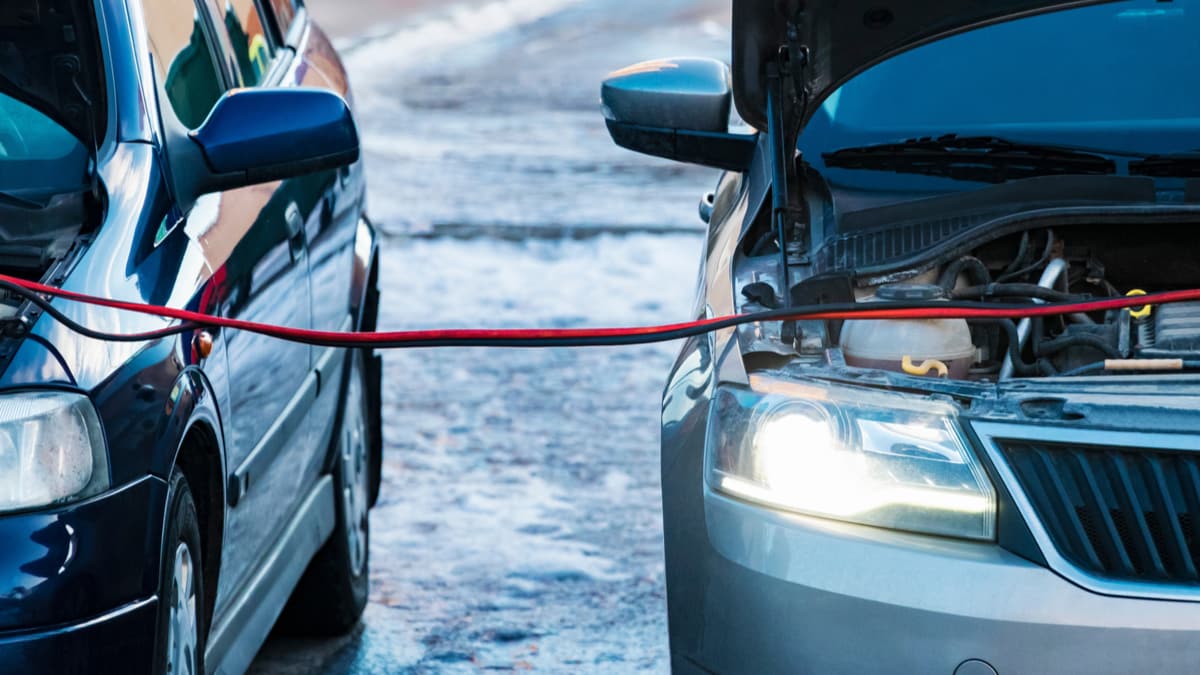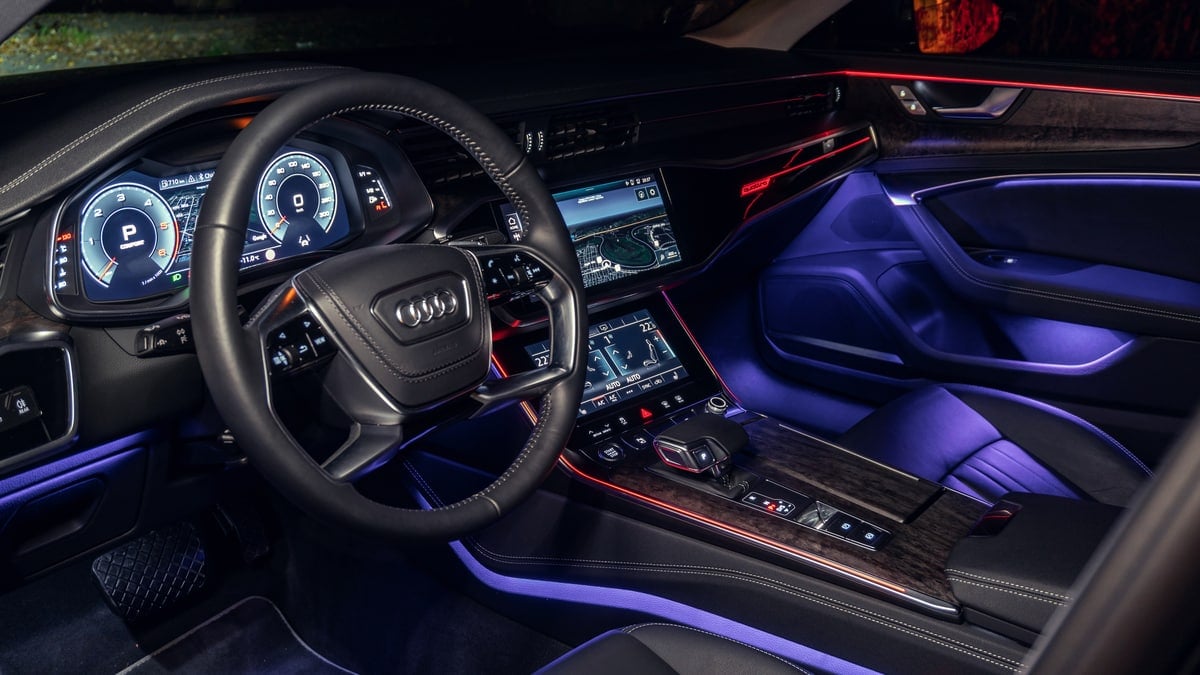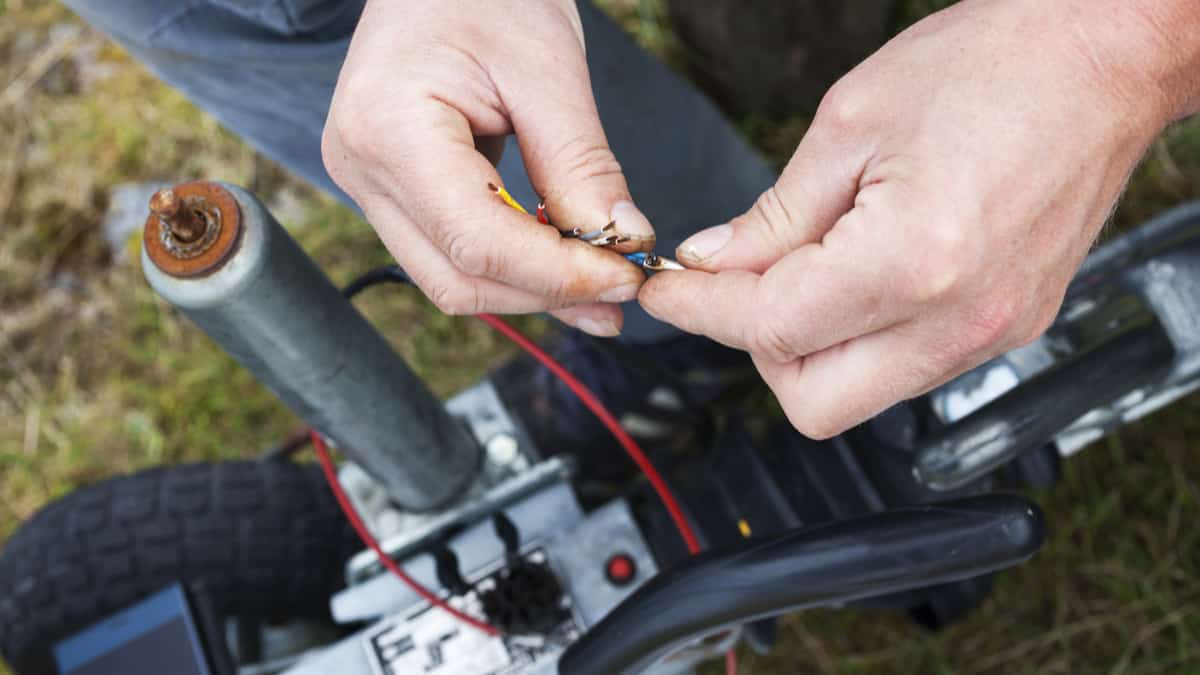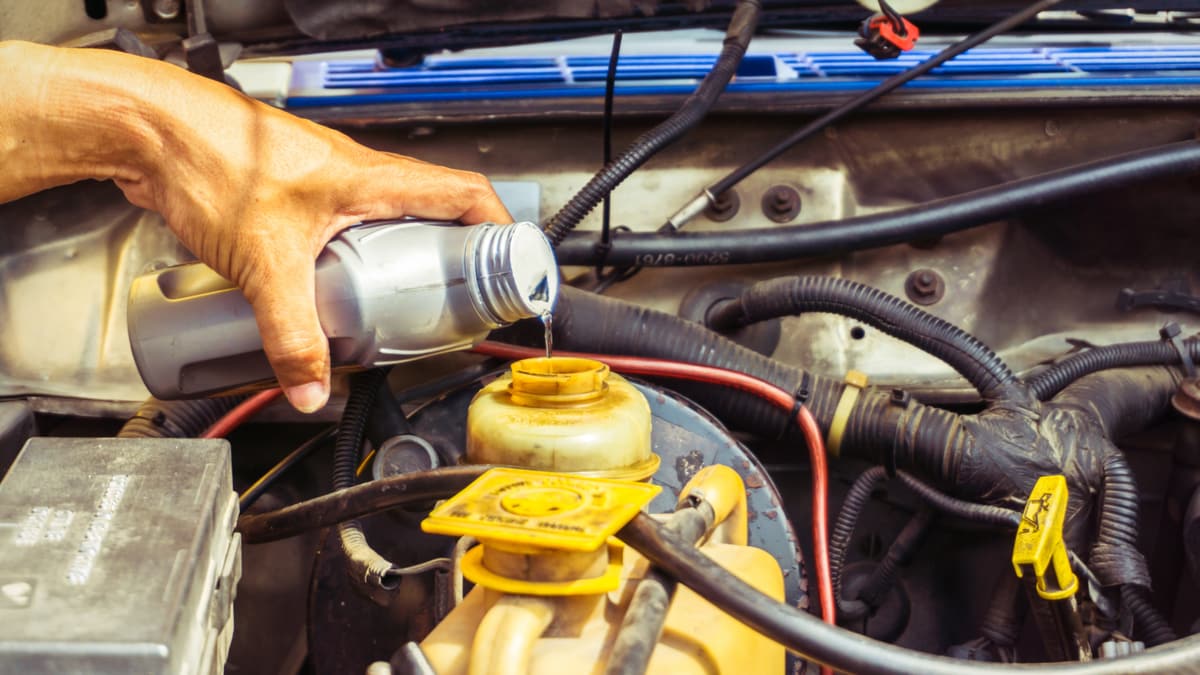Your car brakes are meant to keep you from getting into an accident. The lights warn others that your vehicle is slowing down. When anything in this system malfunctions, it could spell disaster.
While it’s extremely dangerous to drive with brake lights that don’t come on, it’s just as scary having a set that is stuck on.
Today, we look at the reasons why your brake lights stay on and how to fix it. Let’s begin with the causes:
5 Causes Why Your Brake Lights Stay On
The most common reason why your brake lights stay on is due to a faulty brake light switch or sensor. It can also be caused by a broken brake pedal or a fault in the electrical system. If you recently replaced the rear light bulbs when this happened, you may have installed the wrong bulbs.
Most likely, your stuck brake light is caused by one of these problems. Let’s look at each defective brake light symptom in-depth.
1. Faulty Brake Light Switch or Sensor
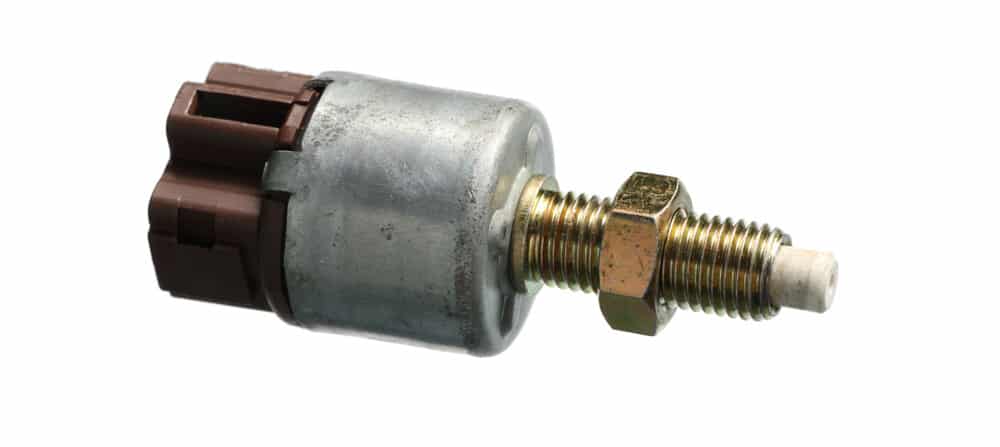
This is the most obvious reason your brake lights won’t go off. When the switch inside the brake system isn’t working right, your lights can’t turn off.
The switches and sensors in a braking system are responsible for telling the lights when the pedal is up or down. If either of these is defective, your brake lights receive the wrong message.
The brake pedal switch is located near your brake pedal and you can often adjust it.
2. Defective Brake Pedal Spring
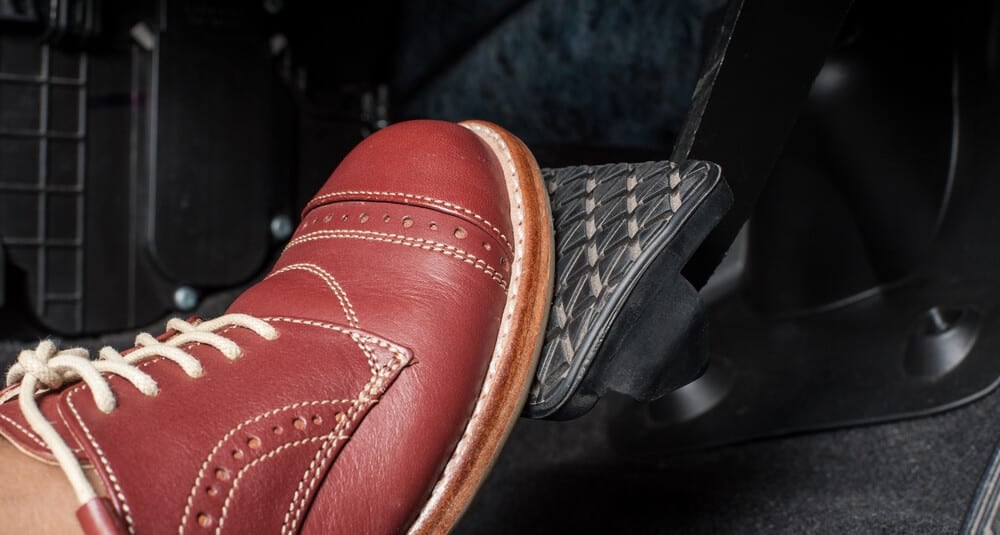
There is a spring located in the brake pedal that allows it to return to its original position once you have released it. When this spring gets old, it can become weak.
Because the pedal doesn’t return to its natural spot, the brake lights remain on. In addition, it can cause your brake pads to remain engaged, which leads to additional pad and rotor wear.
3. Brake Pedal is Stuck
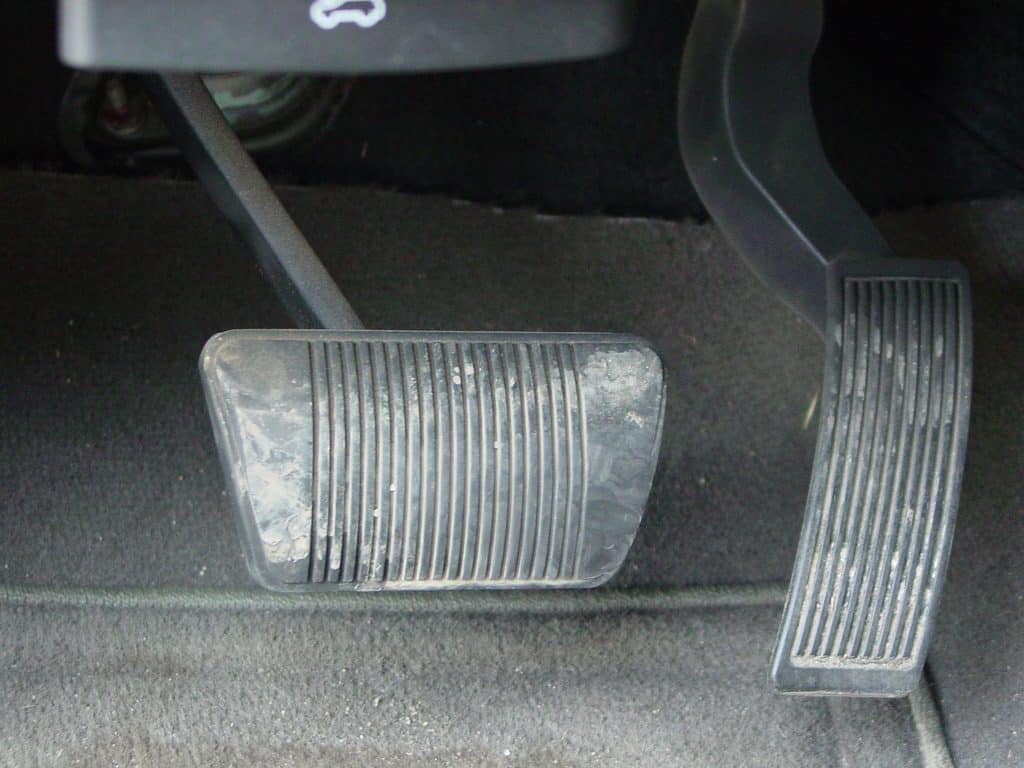
What’s even worse than having a bad spring in the pedal is having a defective pedal itself. If you can’t get the brake pedal to come back up from the floor, the lights are not going to go off.
The pedal must come back to its original position for the switch to close and the lights to cease working. Otherwise, it continues to look like you are braking – because you are.
4. Malfunctioning Electrical System
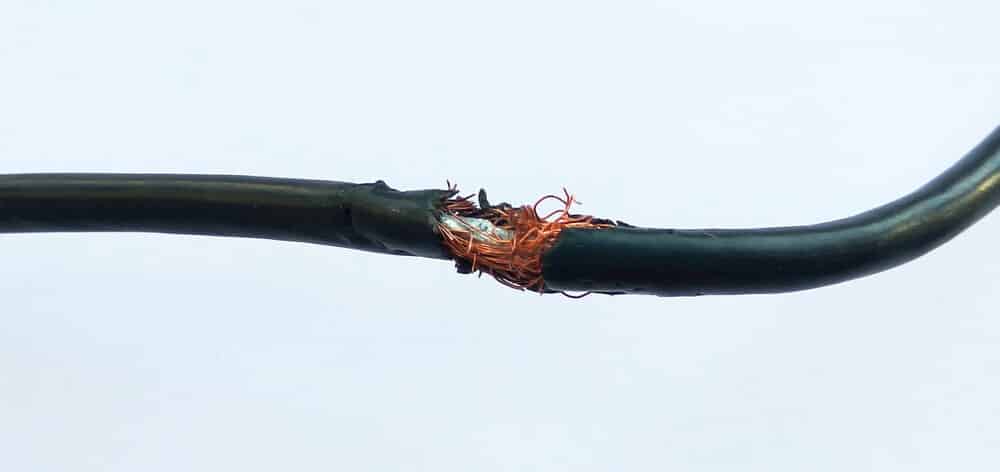
When there is a fault in the electrical system, it can affect numerous components, including the brake lights. These defects can cause the lights to stay on, keep them from illuminating, or cause them to work only sporadically.
This might be the most complicated cause to troubleshoot and shouldn’t be looked at until the other possible sources have been ruled out.
5. Wrong Light bulbs installed
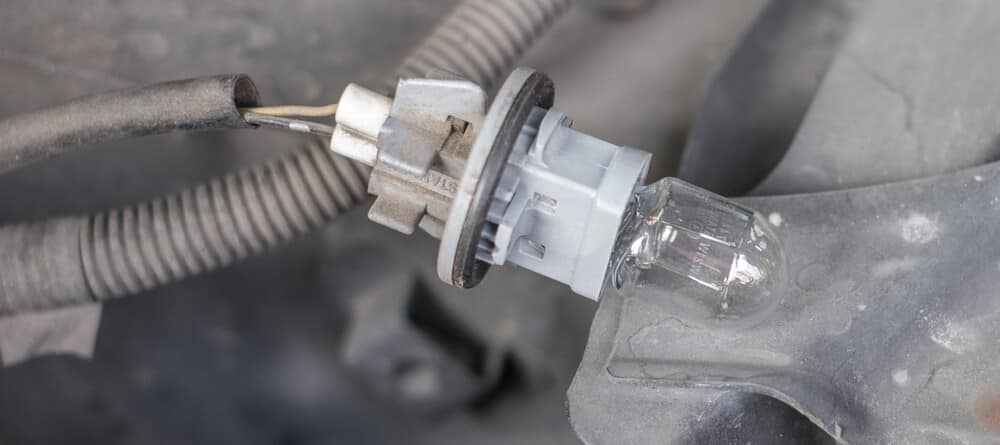
This is not very common, but it can actually happen if you have recently replaced your tail or brake lights.
There are two main different light bulb types, with one circuit or two circuits. If you install a light bulb with one circuit in a socket for two circuits, it can short the circuit, and it will cause the brake lights to come on.
Check the socket to see if you can see two circuits or one, and then check the light bulb. Replace the bulb if it’s the wrong type.
How to Fix Brake Lights that Stay On
For most people with basic mechanical knowledge, it isn’t difficult to hunt down the brake light malfunction. Here are a few steps to follow.
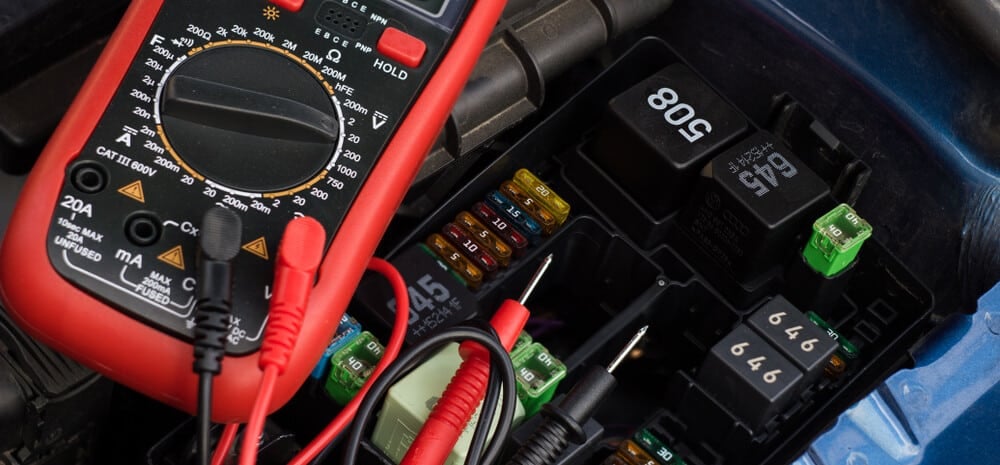
1. Check the Brake Switch
The switch for your brake pedal should be found under the dash, right by the pedal. You want to confirm that the switch is depressing completely.
If this brake component is defective, you want to replace it, which should cause your brake lights to work normally again.
You can also try to adjust the brake pedal switch if it has an adjustment and if it looks like it is engaged, even if the brake pedal is released.
2. Inspect the Brake Pedal Stopper
There’s also a brake pedal stopper in play that needs your attention. If the stopper is missing, you want to look around on the mat where it might have fallen.
If you find it intact, you might be able to reattach it. Otherwise, if it is in pieces, it needs to be replaced.
3. Check Brake Pedal Spring
The brake pedal spring is located under the pedal. If you kneel down on the driver’s side, you should be able to see it. If this spring has lost its tension and can’t return back to normal, the brake system remains engaged, which causes the lights to illuminate.
You can use a pair of needle nose pliers to unhook the spring and replace it. Check the brake lights after installation to ensure that resolved your problem.
4. Look for Corrosion or Debris
There are many parts of the braking system that can get corroded or covered with debris. Even the smallest amount of debris can lead to trouble.
Perform a quick check of the brake lights, pedal and lines in between to ensure nothing has been affected by corrosion, leaves, dirt or other contaminants.
5. Inspect Electrical System
This is the most complicated option and should be looked at last. If there is an issue with the braking system’s wiring, the lights might act unusually.
If you have a service manual, you can follow the steps to check the wiring and connections. However, this isn’t a task that should be done without extensive automotive knowledge.
Also, check the light bulbs in the rear to see if the right type is installed, like mentioned earlier in the article.
6. Talk to a Mechanic
When all else fails, you should take your car to a mechanic. You don’t want to take chances with the braking system, even if it is only an issue with the light.
Not only are these lights confusing to other drivers, but you could be putting excessive wear on your brake pads or rotors. Additionally, you don’t know what else is wrong that could potentially leave you without brakes if not repaired.
Don’t take chances with your safety and the security of others on the road.
Is it safe to drive a car with the brake light on?
It’s actually not safe to drive a car with the brake light on, even though it may seem like it would be fine. If you’re in traffic and your brake lights stay on, other drivers may not see you actually braking, which could cause a rear-end collision.
Is it illegal to drive with brake lights stuck on?
Yes. It is illegal to drive with your brake lights stuck on. If your brake lights are stuck on, it means that the drivers behind you won’t be able to see when you’re braking, which could lead to some serious accidents. So if your brake lights are sticking on, make sure to get them fixed as soon as possible.
How much does it cost to fix a brake light switch?
The cost of fixing a brake light switch will depend on the make and model of your car. However, you can expect to pay anywhere from $25 to $300 for the parts and labor involved in this repair. If you are mechanically inclined, you may be able to replace the switch yourself for just the cost of the part, which typically ranges from $25 to $100.
Will brake lights that stay on drain the battery?
Yes. Brake lights that won’t turn off when you remove the key from the ignition will drain your car battery pretty quickly. However, if they only stay on when the ignition is on, it is not very likely that they will drain your car battery.
If your brake light remains on, you need to get it fixed as soon as possible. Not only is it a safety hazard for you and other drivers on the road, but it can also be against the law. Depending on your state, you could be subject to a hefty fine if you are pulled over for driving with your brake lights on at all times.
Fortunately, with some basic mechanical and automotive electrical knowledge, you should be able to diagnose the problem with a multimeter fairly easily. If you don’t have the knowledge, contact a mechanic as soon as possible to get it fixed!
Learn more:
- Brake Pedal Goes to Floor? (Causes & How To Fix)
- Tail Lights Not Working But Brake Lights Are? (How to Fix)
- Brake Lights Not Working But Tail Lights Are? (How to Fix)
Categories: Electric, Troubleshooting
